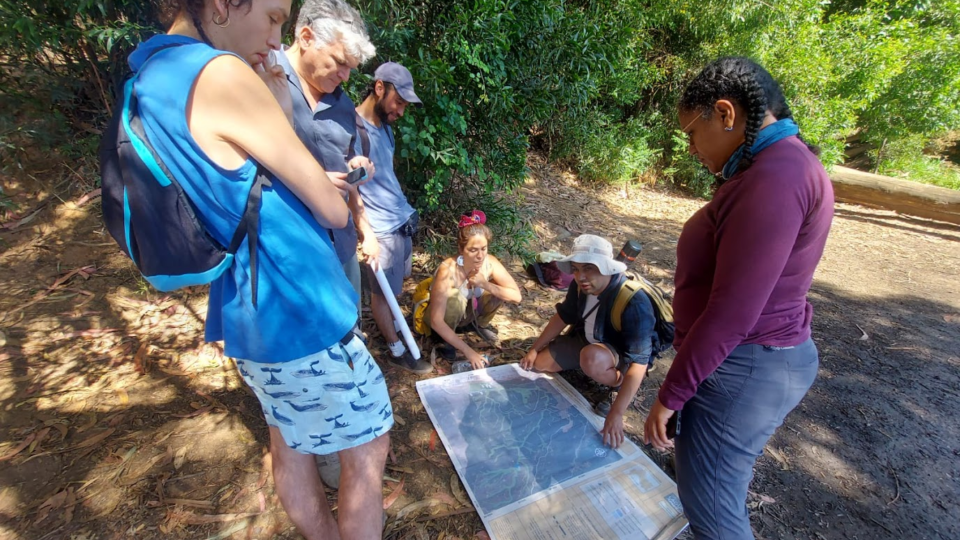What is Unique About Our Study Lakes?
At the heart of the LOCSS project is the unique combination of citizen science and satellite data on lakes to learn about hydrology. Hydrology is the study of water, and specifically how it moves into, out of, and within a system. To do this, we are studying groups of lakes in four different states, plus two international locations. We chose to study lakes, as opposed to other water bodies, in part because we believe that lakes are particularly sensitive to changes in the overall water cycle.
We have previously explained how we choose our study lakes. We are looking for naturally formed lakes that are at least 10 acres in size and located in areas where we can connect with local partners and citizen scientists. We have also shared how the LOCSS program will help us trust a new NASA satellite mission launching in 2021. This future mission, called Surface Water and Ocean Topography (SWOT), has helped guide us in choosing where we should be studying lakes. However, we have not yet explained what makes the lakes in each of our study regions unique, hydrologically.
We are currently studying lakes in Bangladesh, France, Illinois, Massachusetts, North Carolina, and Washington, with more regions to come. In the coming weeks and months, we will be posting articles to explain why we have chosen to study lakes in each of these regions. We will provide an in-depth explanation of what makes the lakes in these areas unique, and what the specific origin and hydrology of these lakes can possibly teach us.
So stay tuned, and be sure to sign up for our newsletter so that we can keep you up to date on all of the latest news.
This is the first in a series of posts that will explore what is unique about the lakes in each LOCSS study region. Future posts in this series include:
Bangladesh
France
Illinois
Massachusetts
North Carolina
Washington
LOCSS News
We share stories about the lakes in our study, our partners and volunteer citizen scientists, as well as interesting results from our research.





